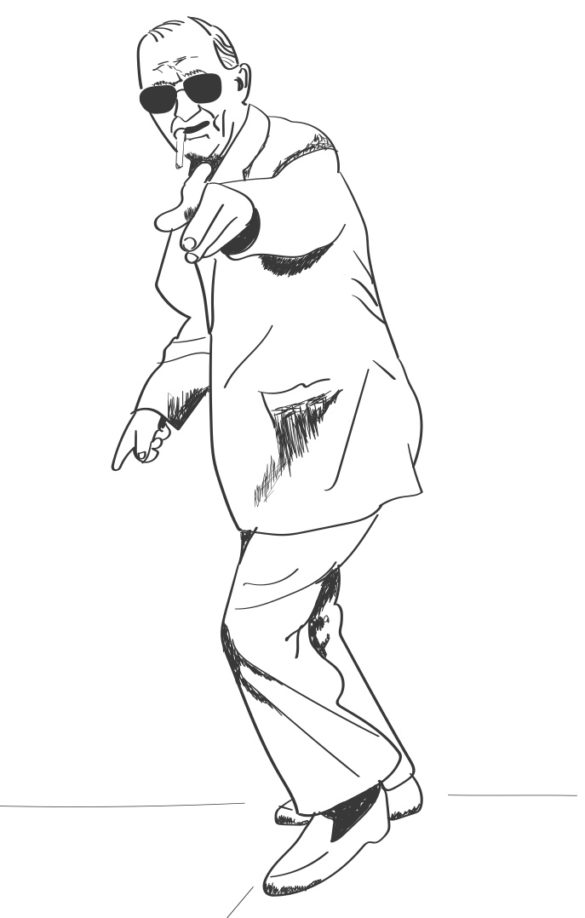

The Smaldone brothers are seen as criminals by some Coloradans and as a charitable community pillar in East Denver and Pueblo by others. The brothers, whose notoriety and fame stretches back to the Colorado Prohibition era, were famous for both criminality and charitable giving. The family has been a polarizing subject in Denver, especially during the 1960s and ’70s when the children of some of the family’s more notorious members were embedded in neighborhood communities and school systems in Applewood, Wheat Ridge and Denver.
The Carlino brothers in 1922 began the bootlegging operation in southern Colorado. The operation ended in several arrests and releases and the explosion of one of the brother’s homes off Federal Boulevard. Police investigated various rival gangs and Joe “Little Caesar” Roma, another bootlegger and alleged de facto crime boss of Denver, in connection with the explosion but no arrests were made. By September 1931, both Carlino brothers had been assassinated, ending their reign on the bootlegging market.
Police estimated that between 1919 and 1933, more than 30 murders could be traced between gangs in Denver and Pueblo alone. The Denver Post in January 1918 reported that “one thousand more arrests [happened] in 1917 than 1916” and cited other statistics from law enforcement, boasting a staggering 11,000 jailed and 2,000 for drunk and disorderly conduct. Many other American cities had similar crime statistics around the Prohibition era, but the jump in Colorado could be attributed to bootlegging and other illegal activity in Denver and Pueblo.
Brothers Clyde, Eugene “Checkers” and Clarence “Chauncy” Smaldone owned and operated the popular Gaetano’s Italian Restaurant in Denver. For more than 50 years, the Smaldone brothers were the most prominent Denver crime family with charges ranging from jury tampering, bootlegging, gambling, tax evasion and “loan shark” operations.
“In the greater mob galaxy, the Smaldones were a small planet, isolated in mid-America” wrote Dick Kreck, in his book, “Smaldone: The Untold Story of an American Crime Family.” “They were no angels, but their exploits pale in comparison to the popular image of the Godfather movies or The Sopranos television series, or even when measured against the hardcore mobs in New Orleans, Chicago, New York, Kansas City and Miami. Local police sometimes dismissed them as small potatoes, except when they arrested them, because they knew the Smaldones were front-page news.”
The Smaldone brothers first rose to prominence in 1933 after police found Roma shot seven times and dead in his favorite armchair in his Denver home. Police investigated the Smaldone brothers in the murder but eventually moved on to other leads. The Smaldone brothers were charged seven times between 1938 and 1976, and their collective cases contributed to an impressive court document clog in 1965 as all three brothers refused to answer questions during a grand jury for a gambling operation probe and were all found in contempt of the court in numerous court filings and cross appeals. The brothers were eventually sentenced to more substantial jail time after a 1983 gambling ring bust out of the family restaurant.
While the larger community was aware of the Smaldone brother’s criminal activity, many found it difficult to dislike them on those grounds alone since the brothers often donated to charities and assisted many local small businesses. Checkers, described by many as a polite and civil man who wore glasses and had an infectiously fun personality, allegedly held the position of boss from 1976 to his death of a heart attack in 1992 at age 81. Chauncy then allegedly took up the mantle until his death in 2006.
– Jess Brovsky-Eakerhttps://zp-pdl.com

